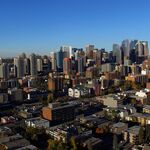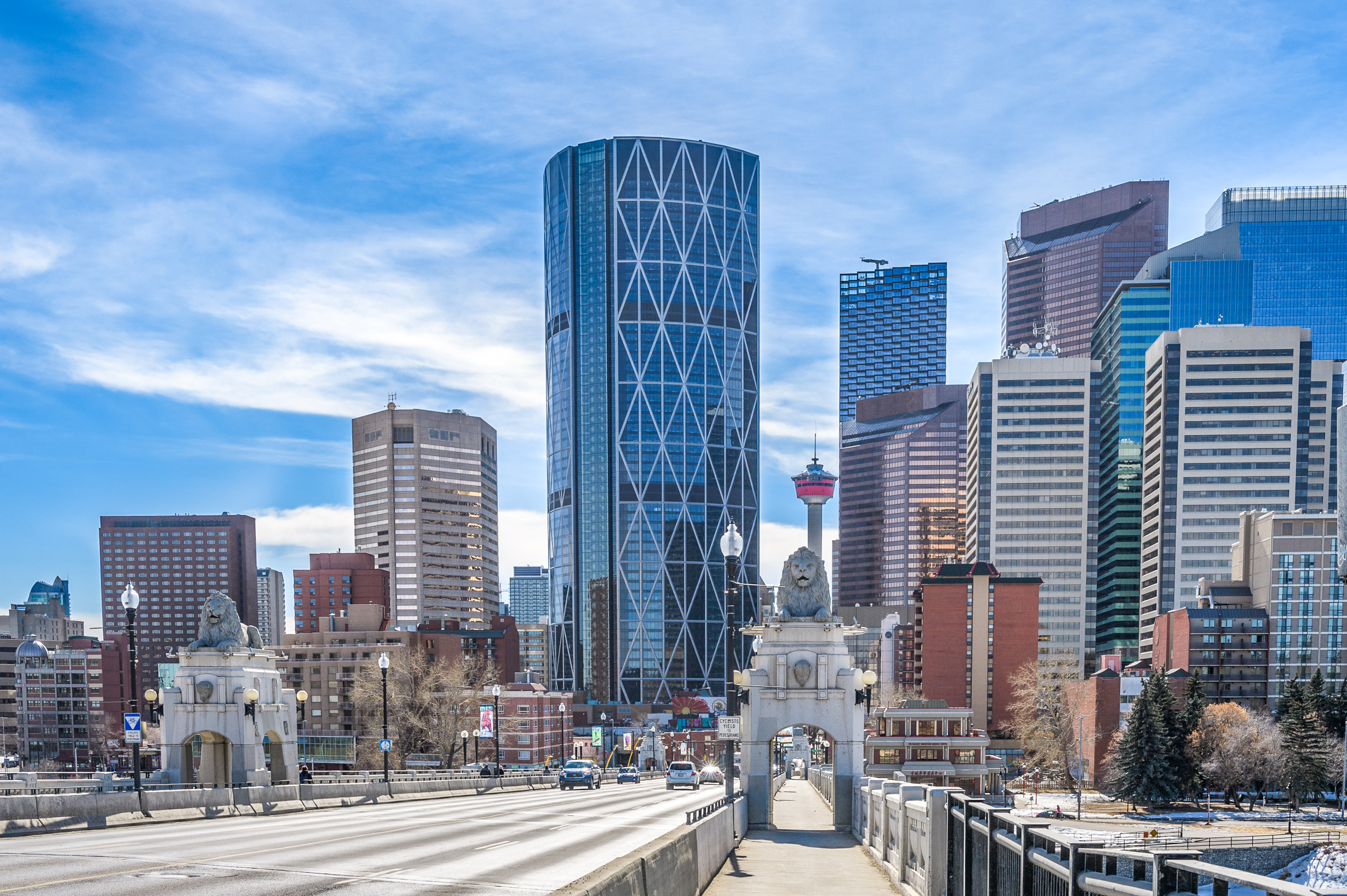Surprisingly, the longer growing season has almost no effect as the extra 15 frost free days are days happening at a time when the trees are more or less dormant. The short days in September slow growth down to a crawl and even if the frost stayed away another 3 weeks, it wouldn't change anything. The lack of sun causes trees to go dormant and the leaves to changes color. That's why you see leaves on trees in Toronto and southern ontario stay green longer. It's often believed to be the warmer falls, but it's actually the amount of sunlight, as they are quite a bit farther south. l Those extra 15 days help more for gardening, but even then, it has a minimal effect.
The biggest difference maker is the precipitation. If you water trees in Calgary they'll grow fine and a good example of this is Regina, where every single tree is hand planted. There were virtually no trees in Regina before the area was settled, but today they have a fair amount of nice big old trees.
Chinooks do also play a part. some trees and shrubs don't take well to the freeze thaw cycle.
Here's a shot of Regina showing the tree canopy, and in the backdrop, no trees at all.







